Hollywood Hills vs. Beverly Hills – Learn the Must-Know Key Differences
A Comprehensive Comparison of Two Iconic Los Angeles Neighborhoods
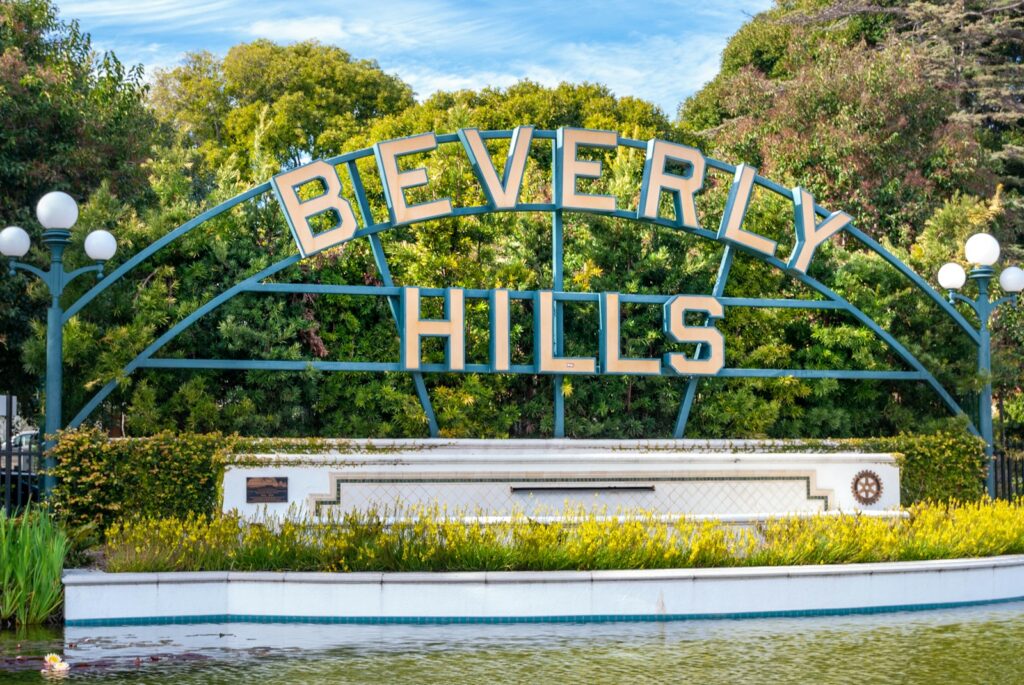
As a seasoned real estate expert with over two decades of experience in the Los Angeles luxury market, I’ve had the unique opportunity to witness the evolution of Hollywood Hills vs Beverly Hills. These two iconic neighborhoods have captured the imagination of homebuyers and tourists alike, each offering its own blend of luxury, lifestyle, and prestige.
Over the years, I’ve guided countless clients through the decision-making process, helping them navigate the nuances of these sought-after areas. From movie stars to tech entrepreneurs, each client brings their own set of preferences and priorities, making the choice between Hollywood Hills and Beverly Hills a deeply personal one.
In this comprehensive comparison, we’ll delve deep into the key differences between these two prestigious neighborhoods. We’ll explore everything from real estate trends and architectural styles to lifestyle amenities and community dynamics. By the end of this article, you’ll have a clear understanding of what sets these areas apart, empowering you to make an informed decision that aligns with your unique needs and aspirations.
Overview of Hollywood Hills and Beverly Hills
Hollywood Hills: A Bohemian Retreat with Stunning Views
Hollywood Hills overlook is a sprawling, hilly neighborhood that feels like a world unto itself. As I drive clients up the winding roads, I’m always struck by the sense of escape it provides. The views are nothing short of breathtaking – on a clear day, you can see all the way to the Pacific Ocean. It’s a place where nature and urban life coexist in perfect harmony.
The vibe here is decidedly bohemian and creative. I’ve had the pleasure of meeting all sorts of interesting characters in Hollywood Hills – from up-and-coming musicians to eccentric artists. There’s an undeniable energy in the air, a sense that you’re living amongst the movers and shakers of the entertainment industry.
One of my clients, a successful film director, chose a home in Hollywood Hills precisely for this creative atmosphere. He told me, There’s something in the air here that sparks my imagination. I’ve written some of my best scripts sitting on my deck, overlooking the city.
Beverly Hills: Polished Luxury and Timeless Elegance
Beverly Hills, on the other hand, is the epitome of polished luxury. The moment you cross into its borders, you can feel the shift. The streets are immaculately clean, lined with perfectly manicured palm trees and some of the most exclusive boutiques in the world.
The atmosphere in Beverly Hills is more reserved and traditional compared to Hollywood Hills. It’s not uncommon to see celebrities casually strolling down Rodeo Drive or dining at upscale restaurants. There’s a sense of established wealth and prestige that permeates every corner of this neighborhood.
A longtime Beverly Hills resident once shared with me, Living here is like being part of an exclusive club. There’s a certain level of service and attention to detail that you just don’t find anywhere else.
Demographics and Community Composition
According to the most recent census data, Hollywood Hills has a population of approximately 22,988 people, with a median age of 37 years. The area is known for its diversity, with a population breakdown of:
- White: 71%
- Hispanic: 12%
- African American: 6%
- Asian: 5%
- Two or more races: 4%
Beverly Hills, while smaller in population, boasts a higher concentration of wealth. The city has around 32,701 residents, with a median age that tends to be higher than Hollywood Hills. The demographic breakdown is less diverse:
- White: 78.8%
- Asian: 8.9%
- Hispanic: 5.7%
- African American: 2.2%
- Two or more races: 4.1%
These demographic differences contribute significantly to the distinct character of each neighborhood. Hollywood Hills’ diversity fosters a more eclectic, creative atmosphere, while Beverly Hills’ homogeneity contributes to its reputation for exclusivity and tradition.
Cost of Living and Real Estate
Hollywood Hills: Diverse Options with Million-Dollar Views
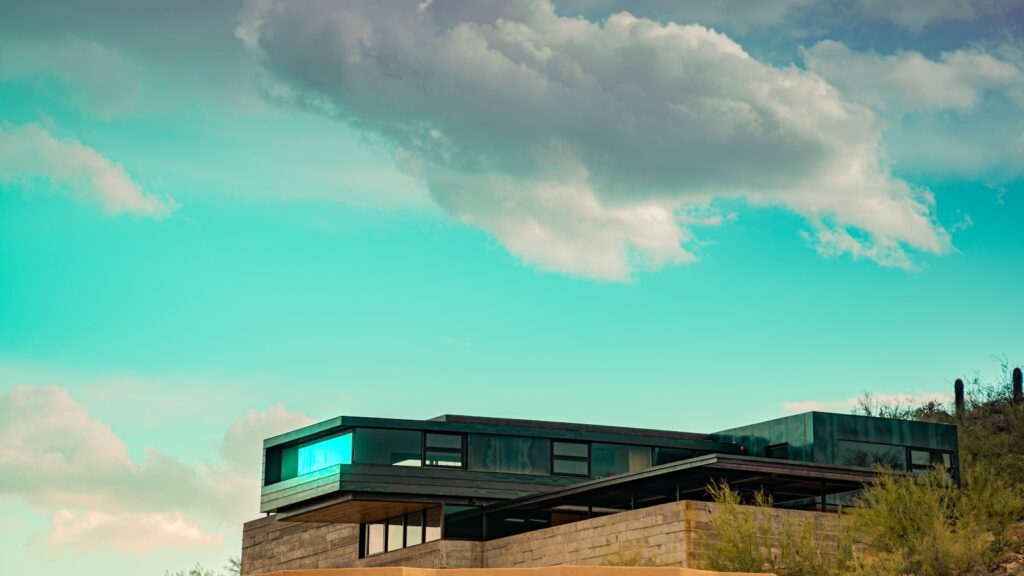
In Hollywood Hills, the real estate market offers a wide range of options, reflecting the area’s diverse character. According to recent data from Zillow, the median home value in Hollywood Hills is approximately $2,145,000. However, this number only tells part of the story.
I’ve sold cozy bungalows for under a million and sprawling mansions for well over $20 million. The diversity of housing stock is one of the things I love most about this area. You can find everything from sleek modern homes perched on hillsides to charming Spanish-style villas tucked away in secluded canyons.
One of my most memorable sales was a converted mid-century modern home that once belonged to a famous rock star. The property, which sold for $4.5 million, featured floor-to-ceiling windows that offered panoramic views of the city. The new owner, a tech entrepreneur, was drawn to the home’s unique history and stunning vistas.
Beverly Hills: Premium Prices for Prestige and Luxury
Beverly Hills takes luxury to another level, with real estate prices that reflect its world-renowned status. The median home value in Beverly Hills is significantly higher, standing at approximately $3,605,000 according to recent Zillow data. However, many properties in the area easily exceed $10 million.
I remember showing a client a modest-looking home in Beverly Hills, only for their jaw to drop when I revealed the $7 million price tag. It’s a different world here, where you’re not just buying a home, but a lifestyle and a prestigious address.
One of my most high-profile sales in Beverly Hills was a 12,000 square foot Mediterranean-style mansion that sold for $18 million. The property featured a private tennis court, a wine cellar, and a home theater. The buyer, a prominent business mogul, was particularly impressed by the home’s proximity to Rodeo Drive and its potential for entertaining high-profile guests.
Celebrity Factor and Neighborhood Prestige
Both Hollywood Hills and Beverly Hills are known for their celebrity residents, but the type of star power differs between the two areas.
In Hollywood Hills, you might find yourself living next door to a rock star or a famous director. I once sold a home to a client who was thrilled to discover their neighbor was a well-known actor. The area’s creative vibe attracts many up-and-coming artists and entertainers, adding to its dynamic atmosphere.
Beverly Hills, of course, has its fair share of celebrity residents too. But here, it’s not just entertainment figures – you’re just as likely to have a tech mogul or a foreign dignitary as a neighbor. I’ve had clients specifically request homes in certain parts of Beverly Hills just for the bragging rights of having a particular celebrity as a neighbor.
Architectural Styles and Housing Stock
The housing stock in these areas differs significantly, reflecting their unique characters and histories.
Hollywood Hills real estate is known for its eclectic mix of architectural styles. You’ll find everything from mid-century modern gems to Spanish revival estates. I once showed a property that was a converted water tower – talk about unique! The area’s topography has led to some truly innovative designs, with many homes built to maximize views and integrate with the natural landscape.
Beverly Hills, while certainly not lacking in architectural diversity, tends to lean towards more traditional luxury homes. Think sprawling Mediterranean-style mansions and classic American estates. That said, there are pockets of Beverly Hills, like Trousdale Estates, that are renowned for their mid-century modern homes.
One thing to keep in mind is that while both areas are expensive, your money often goes further in Hollywood Hills in terms of square footage and lot size. In Beverly Hills, you’re paying a premium for the zip code and the prestige that comes with it.
Amenities and Lifestyle
Beverly Hills: The Epitome of Luxury Living
Beverly Hills is synonymous with luxury shopping, and for good reason. Rodeo Drive, the neighborhood’s most famous street, is a mecca for high-end retail therapy. I’ve had clients fly in from around the world just to spend a day shopping here. The boutiques are unparalleled, offering everything from haute couture to bespoke jewelry.
One of my clients, a fashion entrepreneur from New York, was particularly impressed by the level of service in Beverly Hills boutiques. She shared, It’s not just about the products – it’s the entire experience. The attention to detail and personalized service is unlike anything I’ve encountered elsewhere.
Dining in Beverly Hills is equally impressive. The neighborhood is home to some of the most exclusive restaurants in Los Angeles. I’ve had the pleasure of dining at places like Spago and Cut, where the food is exquisite and you’re likely to spot a celebrity or two. The scene is definitely see-and-be-seen, which some of my clients love and others find a bit overwhelming.
Hollywood Hills: Natural Beauty and Entertainment
Hollywood Hills offers a different kind of lifestyle, one that’s more focused on enjoying the natural beauty of the area. Hiking trails abound, and I often recommend that my clients take a sunset hike in Hollywood Hills Park – the views of the city are simply spectacular.
One of my clients, a fitness enthusiast, chose a home in Hollywood Hills specifically for its proximity to hiking trails. He told me, Being able to start my day with a hike in nature, all while having the city at my fingertips, is priceless.
The entertainment options in Hollywood Hills are more laid-back but no less impressive. You’ve got iconic venues like the Hollywood Bowl for outdoor concerts. I once attended a classical music performance there under the stars – it was magical. And let’s not forget about the Hollywood Sign – living in the Hills means you get to see this iconic landmark every day.
One of the biggest draws of Hollywood Hills is its proximity to the entertainment industry. For those working in film or television, living here means being close to the studios and the heart of the industry. I’ve had clients in the entertainment business specifically request homes in the Hills for this reason.
Cultural Attractions and Nightlife
Both neighborhoods offer rich cultural experiences, but with different flavors.
Beverly Hills is home to several world-class museums and galleries. The Paley Center for Media and the Frederick R. Weisman Art Foundation are just a couple of examples. The nightlife in Beverly Hills tends to be more upscale and exclusive, with chic bars and lounges catering to a well-heeled clientele.
Hollywood Hills, being part of Los Angeles proper, offers easy access to a wider range of cultural institutions. The nearby Hollywood Bowl hosts concerts across various genres, while the Hollywood Heritage Museum offers a glimpse into the area’s storied past. Nightlife in and around Hollywood Hills is more diverse, ranging from trendy rooftop bars to intimate live music venues.
Accessibility and Walkability
Beverly Hills: A Pedestrian Paradise
When it comes to accessibility and walkability, Beverly Hills and Hollywood Hills couldn’t be more different.
Beverly Hills, particularly the area around Rodeo Drive, is surprisingly walkable. I love strolling down the palm-lined streets, window shopping and people-watching. It’s not uncommon to see residents walking their designer dogs or meeting friends for coffee. The flat terrain makes it easy to get around on foot, which is a rarity in car-centric Los Angeles.
According to Walk Score, Beverly Hills has a walk score of 78 out of 100, indicating that most errands can be accomplished on foot. This high walkability is a major selling point for many of my clients, especially those relocating from walkable cities like New York or San Francisco.
One of my clients, a retired couple from Chicago, specifically chose Beverly Hills for its walkability. They shared, We love being able to walk to restaurants and shops. It keeps us active and connected to the community.
Hollywood Hills: Views at the Cost of Convenience
Hollywood Hills, on the other hand, is all about the views – but those views come at a price. The steep, winding roads make walking a challenge. I always joke with my clients that living in the Hills is a built-in workout program. You’re definitely going to want a car if you live here.
The Walk Score for Hollywood Hills is significantly lower, averaging around 45 out of 100, indicating that most errands require a car. However, the trade-off is worth it for many. I’ve had clients tell me they never tire of the panoramic vistas of the city below.
A screenwriter client of mine chose a home in the Hills despite the lack of walkability. He told me, The views inspire my writing. Plus, the quiet and seclusion help me focus. It’s worth having to drive for errands.
Public Transportation and Traffic
In terms of public transportation, Beverly Hills has a slight edge. The Metro Purple Line extension, currently under construction, will soon connect Beverly Hills to downtown Los Angeles, making it even more accessible. The first phase of this project is expected to be completed by 2024, with the entire line operational by 2027.
Hollywood Hills, given its topography, isn’t as well-served by public transit. However, it does have better access to the 101 Freeway, which can be a significant advantage for those commuting to other parts of Los Angeles.
Traffic is a consideration in both areas, as it is throughout Los Angeles. However, the grid-like layout of Beverly Hills can make navigation easier during peak hours. In Hollywood Hills, the winding roads can lead to bottlenecks, especially during events at the Hollywood Bowl or on popular hiking days.
Safety and Community
Beverly Hills: A Safe Haven with Strong Community Ties
Safety is a top priority for many of my clients, and both Beverly Hills and Hollywood Hills have strong reputations in this regard.
Beverly Hills is known for its top-notch police force. The Beverly Hills Police Department is highly responsive and visible throughout the community. According to recent crime statistics, Beverly Hills has a crime rate that is 38% lower than the national average.
I’ve had clients comment on how safe they feel walking around, even at night. The city also invests heavily in security measures, including an extensive network of security cameras. In 2020, the Beverly Hills City Council approved a $4.8 million contract to add 900 more security cameras throughout the city, bringing the total to over 2,000.
One of my clients, a family relocating from the East Coast, chose Beverly Hills largely due to its safety record. They shared, Knowing our kids can walk to school safely gives us peace of mind. It’s one of the main reasons we chose this neighborhood.
In terms of community engagement, Beverly Hills has numerous active community groups and hosts regular events. The Beverly Hills Farmers’ Market, held every Sunday, is a popular gathering spot for residents. The city also hosts annual events like the Beverly Hills artSHOW and the Rodeo Drive Concours d’Elegance, fostering a strong sense of community.
Hollywood Hills: Privacy with a Touch of Bohemian Spirit
Is Hollywood CA safe? While generally safe, Hollywood Hills can be a bit more variable depending on the specific area. The winding roads and secluded properties can be a double-edged sword – they offer privacy but can also be more vulnerable to break-ins. That said, many homes in the Hills have state-of-the-art security systems, and the community is generally vigilant.
According to LAPD statistics, the Hollywood Hills area has a slightly higher crime rate compared to Beverly Hills, but it’s still lower than many other parts of Los Angeles. The sense of community in Hollywood Hills is strong, albeit in a different way than Beverly Hills. Neighbors tend to look out for each other, and there’s a shared appreciation for the area’s unique character.
One of my clients, a well-known musician, chose a home in Hollywood Hills specifically for its privacy and security features. He told me, I can retreat here and feel completely safe and secluded, but I’m still just minutes away from the heart of Hollywood.
Community engagement in Hollywood Hills often centers around local issues like wildlife preservation and fire safety. The Hollywood United Neighborhood Council is active in addressing community concerns and organizing events. Annual gatherings like the Hollywood Hills West Neighborhood Association’s Summer Social foster a sense of community among residents.
Diversity and Inclusivity
Diversity is another factor to consider. While both areas are predominantly affluent, Hollywood Hills tends to have a more diverse mix of residents, particularly in terms of age and profession. This diversity contributes to the area’s creative and bohemian atmosphere.
Beverly Hills, while certainly international, can feel a bit more homogeneous in terms of socioeconomic status. However, the city has been making efforts to promote inclusivity. In 2020, the Beverly Hills City Council unanimously passed a resolution reaffirming the city’s commitment to diversity and inclusion.
Decision Factors
Choosing between Hollywood Hills and Beverly Hills ultimately comes down to personal preference and lifestyle. Here are some key factors to consider:
- View vs. Walkability: If you’re all about those panoramic city views and don’t mind relying on your car, Hollywood Hills might be your best bet. If you prefer a more walkable neighborhood with easy access to shopping and dining, Beverly Hills could be the way to go.
- Architectural Style: Hollywood Hills offers a more eclectic mix of homes, while Beverly Hills tends towards more traditional luxury estates. Think about which aesthetic appeals to you more.
- Community Vibe: Hollywood Hills has a more bohemian, creative energy, while Beverly Hills exudes classic luxury and refinement. Consider which atmosphere you’d feel more at home in.
- Industry Connections: If you work in entertainment, the proximity of Hollywood Hills to studios and industry hubs could be a big plus. According to the Motion Picture Association, the film and television industry in Los Angeles County is responsible for more than 170,000 jobs, many of which are centered around the Hollywood area.
- Budget: While both areas are expensive, your money might go further in Hollywood Hills in terms of square footage and lot size. According to recent real estate data, the price per square foot in Hollywood Hills averages around $800, while in Beverly Hills it can exceed $1,500 in prime areas.
- Privacy vs. Prestige: Hollywood Hills offers more seclusion, while Beverly Hills comes with a certain cachet and name recognition. A survey by the Beverly Hills Conference & Visitors Bureau found that 96% of international travelers were familiar with Beverly Hills as a luxury destination.
- Schools: If you have children, Beverly Hills is known for its excellent public schools. The Beverly Hills Unified School District consistently ranks among the top districts in California, with a graduation rate of 97% compared to the state average of 83%.
Remember, there’s no one-size-fits-all answer. I’ve had clients fall in love with Hollywood Hills for its views and privacy, while others couldn’t imagine living anywhere but Beverly Hills. It’s all about finding the right fit for you.
Case Studies: Real-Life Decisions
To illustrate how different factors can influence the decision between Hollywood Hills and Beverly Hills, let me share a couple of real-life examples from my experience:
Case Study 1: The Entertainment Industry Executive
I worked with a high-profile entertainment industry executive who was torn between a sleek modern home in the Hollywood Hills and a traditional estate in Beverly Hills. Both properties were in the $10 million range.
The Hollywood Hills property offered stunning views of the city and a more contemporary design that appealed to his artistic sensibilities. It was also closer to his studio, potentially cutting his commute time in half.
The Beverly Hills property, while more traditional in style, offered significantly more space and was located in a gated community with top-notch security. It was also within walking distance of some of the best restaurants in the city.
After much deliberation, he chose the Hollywood Hills property. The deciding factors were the views, the shorter commute, and the modern aesthetic that better suited his personal style. He felt the home would be a source of inspiration for his creative work.
Case Study 2: The International Family
I also worked with an international family relocating to Los Angeles. They were considering a Spanish-style villa in Hollywood Hills and a Georgian-style mansion in Beverly Hills. Both properties were priced around $15 million.
The Hollywood Hills property offered more land and a sense of seclusion that appealed to the family’s desire for privacy. It also had a guest house, which was perfect for visiting relatives.
The Beverly Hills property, while on a smaller lot, was located in the heart of the flats, close to top-rated schools and within walking distance of Rodeo Drive. It also came with a membership to a nearby country club.
Ultimately, the family chose the Beverly Hills property. The deciding factors were the excellent schools for their children, the walkability of the neighborhood, and the sense of community they felt during their visits. The prestige of the Beverly Hills address was also a consideration, as it aligned with their international lifestyle.
These case studies demonstrate how personal priorities and lifestyle preferences play a crucial role in choosing between these two prestigious neighborhoods.
Conclusion: Making Your Choice
In my years of experience in the Los Angeles luxury real estate market, I’ve learned that the choice between Hollywood Hills and Beverly Hills often comes down to a gut feeling. Both areas offer an unparalleled luxury lifestyle, just in different flavors.
Hollywood Hills appeals to those who value privacy, stunning views, and a more bohemian atmosphere. It’s a favorite among creatives and those in the entertainment industry who appreciate its proximity to studios and its inspiring vistas. For those looking for a temporary stay, there are also options for Hollywood Hills for rent, allowing you to experience the lifestyle before making a long-term commitment.
Beverly Hills, on the other hand, attracts those who prioritize prestige, walkability, and a more traditional luxury lifestyle. Its world-class shopping, dining, and schools make it a top choice for families and international buyers.
Whether you choose the star-studded hills or the polished flats, you’re in for a treat. These neighborhoods aren’t just places to live – they’re gateways to some of the most coveted lifestyles in the world.
As you make your decision, consider not just the properties themselves, but how they fit into your lifestyle and long-term goals. Think about your daily routine, your social preferences, and where you see yourself in five or ten years.
Remember, the right choice is the one that feels right to you. Trust your instincts, do your research, and don’t hesitate to ask questions. Your perfect Los Angeles home is out there, waiting for you to make your move.
For those considering other areas, you might also want to explore the comparison between Malibu vs Hollywood Hills to get a broader perspective on luxury living options in Los Angeles.
Frequently Asked Questions
Q. What are the main differences between Hollywood Hills and Beverly Hills?
The main differences lie in their geography, lifestyle, and community vibe. Hollywood Hills offers stunning views, a more bohemian atmosphere, and closer proximity to the entertainment industry. It’s characterized by winding roads, eclectic architecture, and a sense of seclusion. Beverly Hills, on the other hand, is known for its flat, walkable streets, high-end shopping and dining, and a more traditional luxury lifestyle. It’s more formally organized, with a strong emphasis on prestige and established wealth.
According to recent demographic data:
- Hollywood Hills has a population of about 22,988 with a median age of 37.
- Beverly Hills has a population of about 32,701 with a generally higher median age.
The architectural styles also differ significantly:
- Hollywood Hills features a mix of styles, from mid-century modern to Spanish revival.
- Beverly Hills tends towards more traditional luxury estates, though areas like Trousdale Estates are known for mid-century modern homes.
Q. Which neighborhood is more family-friendly?
While both neighborhoods can be suitable for families, Beverly Hills is generally considered more family-friendly. It boasts excellent public schools, safe streets, and numerous parks and recreational facilities. The flat terrain also makes it easier for families with young children to get around.
Some key statistics:
- Beverly Hills Unified School District has a 97% graduation rate compared to the state average of 83%.
- Beverly Hills has a crime rate 38% lower than the national average.
Hollywood Hills, while beautiful, can be less convenient for families due to its hilly terrain and more spread-out nature. However, it does offer a unique outdoor lifestyle that some families love, with easy access to hiking trails and nature.
Q. How do property taxes compare in Hollywood Hills and Beverly Hills?
Property taxes in both areas are relatively high compared to national averages, reflecting the high property values. However, there is a key difference. Hollywood Hills is part of the City of Los Angeles, while Beverly Hills is its own city.
As of my last update:
- The effective property tax rate in Los Angeles (including Hollywood Hills) was around 1.1% to 1.2% of the assessed value.
- Beverly Hills, being a separate city, has its own tax structure, with an effective rate that can be slightly lower, around 1% to 1.1%.
However, it’s important to note that in California, property taxes are based on the purchase price of the home, not its current market value, thanks to Proposition 13. This means that long-time homeowners often pay significantly less in property taxes than new buyers for comparable properties.
For example, a home purchased in Beverly Hills for $5 million might have an annual property tax bill of around $50,000 to $55,000, while a similar home in Hollywood Hills might have a tax bill of $55,000 to $60,000.
It’s crucial to consult with a tax professional for the most up-to-date and personalized information, as tax laws and rates can change, and individual circumstances can affect the actual amount owed.

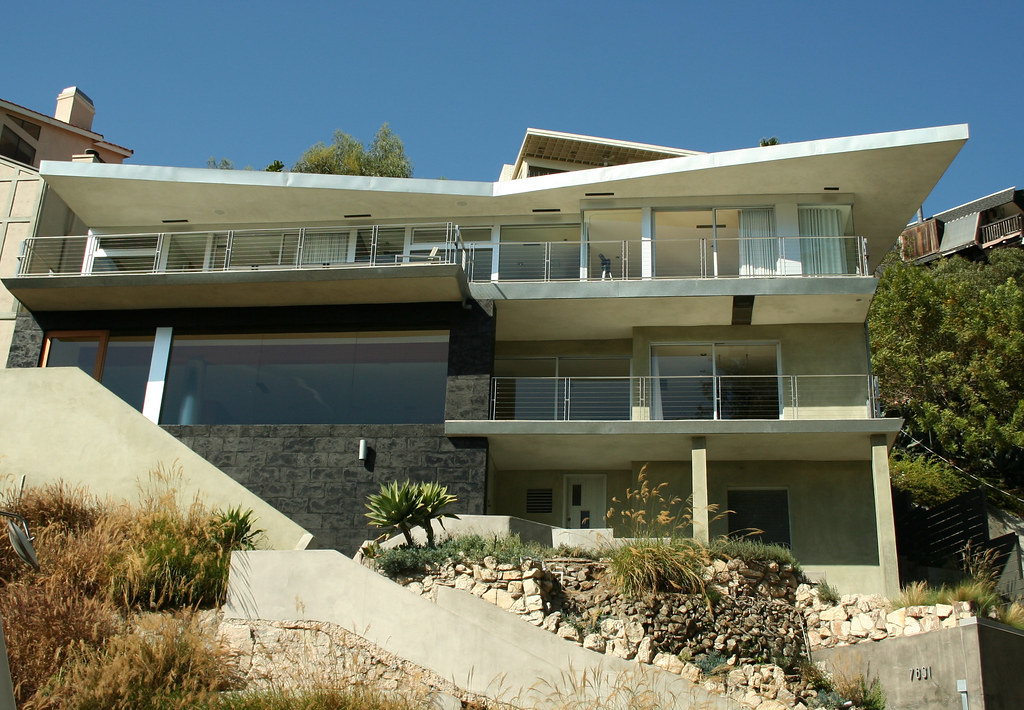
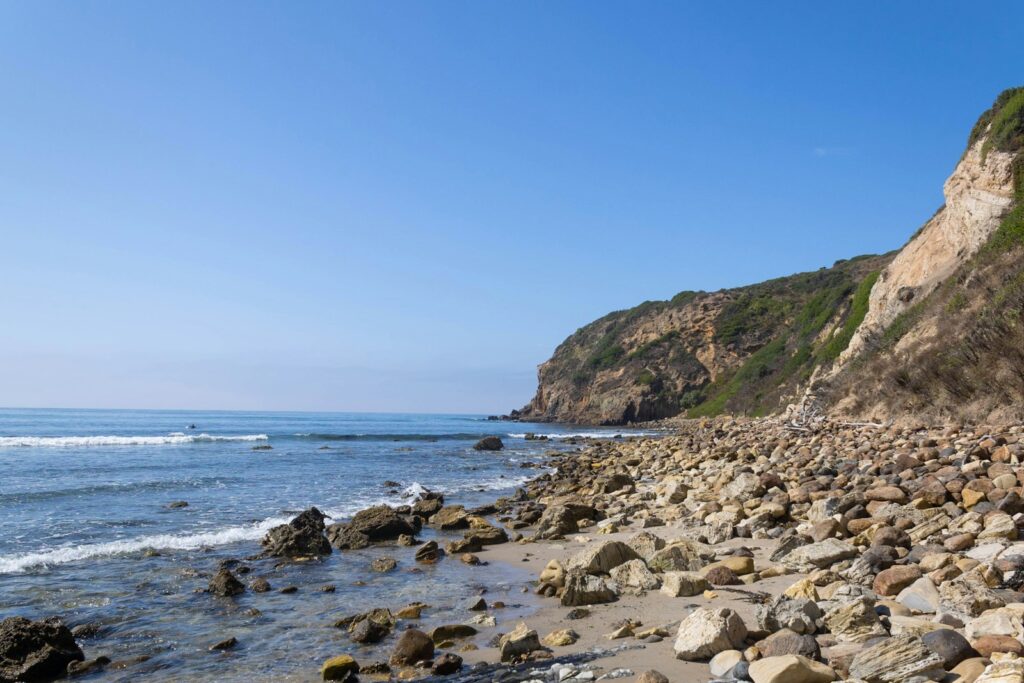
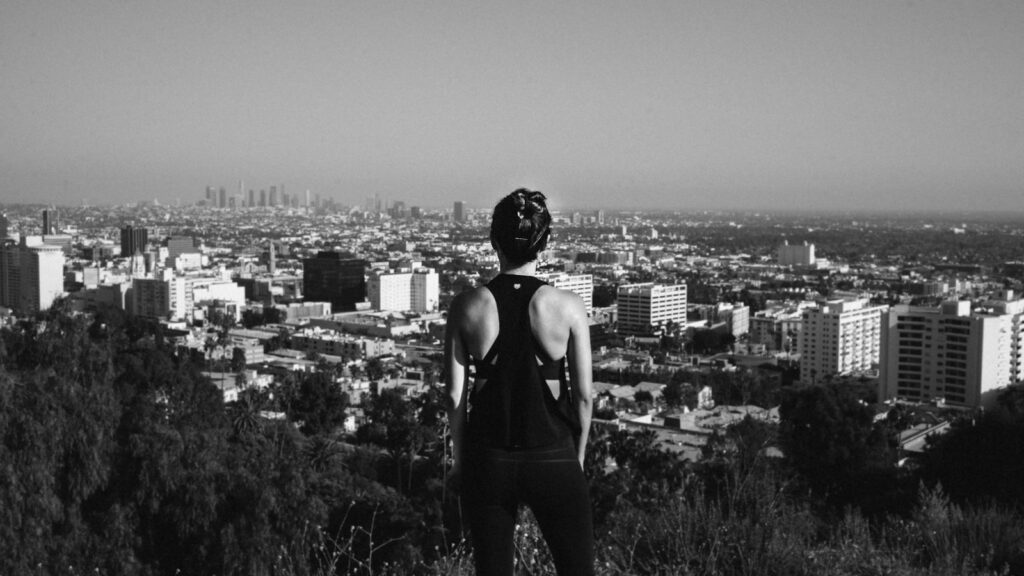
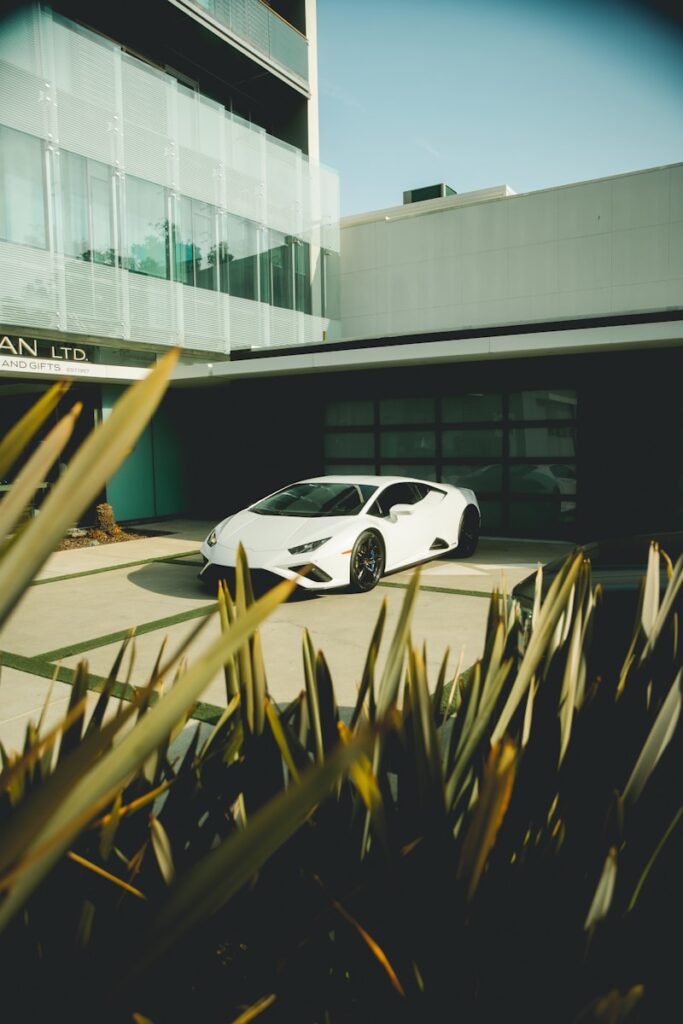
 Let’s talk numbers. The cost of living in Hollywood Hills is undeniably high, but it’s important to break down where that money goes:
Let’s talk numbers. The cost of living in Hollywood Hills is undeniably high, but it’s important to break down where that money goes: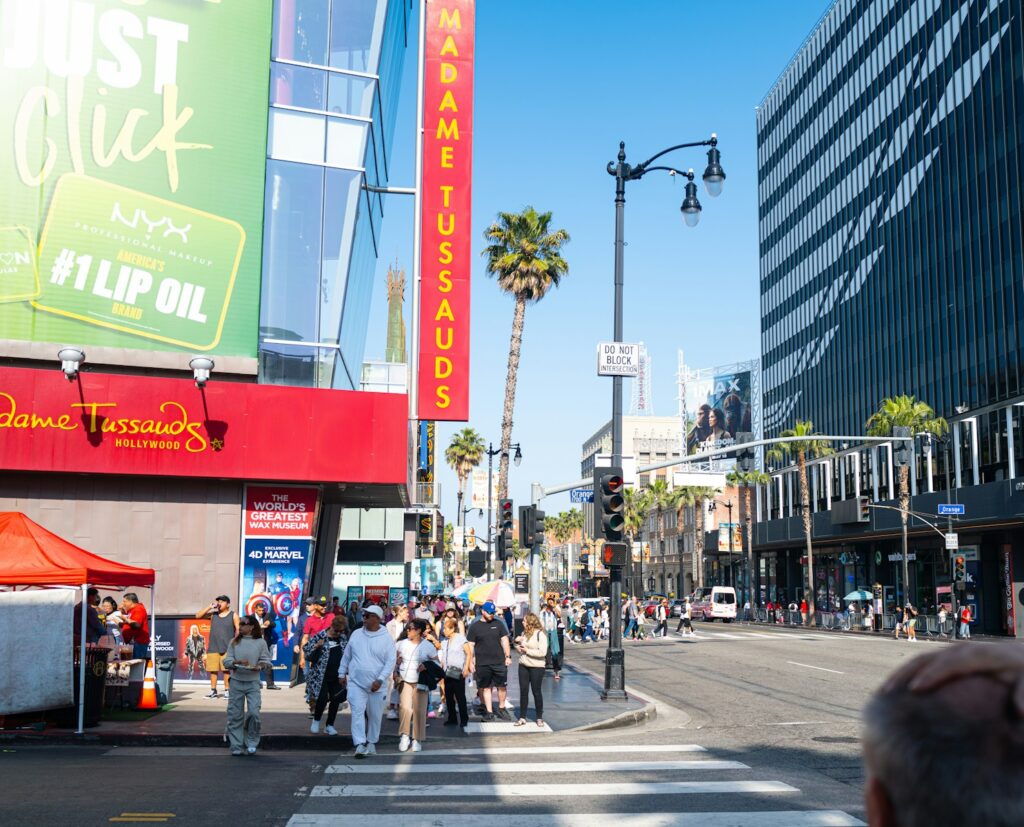
 Nestled in the eastern Santa Monica Mountains, Hollywood Hills offers a unique blend of urban living and natural beauty. I’ve always been amazed by how quickly you can go from the bustling city streets to serene hillside views. The neighborhood stretches from Laurel Canyon in the west to Los Feliz in the east, covering an area of about 7.05 square miles.
Nestled in the eastern Santa Monica Mountains, Hollywood Hills offers a unique blend of urban living and natural beauty. I’ve always been amazed by how quickly you can go from the bustling city streets to serene hillside views. The neighborhood stretches from Laurel Canyon in the west to Los Feliz in the east, covering an area of about 7.05 square miles.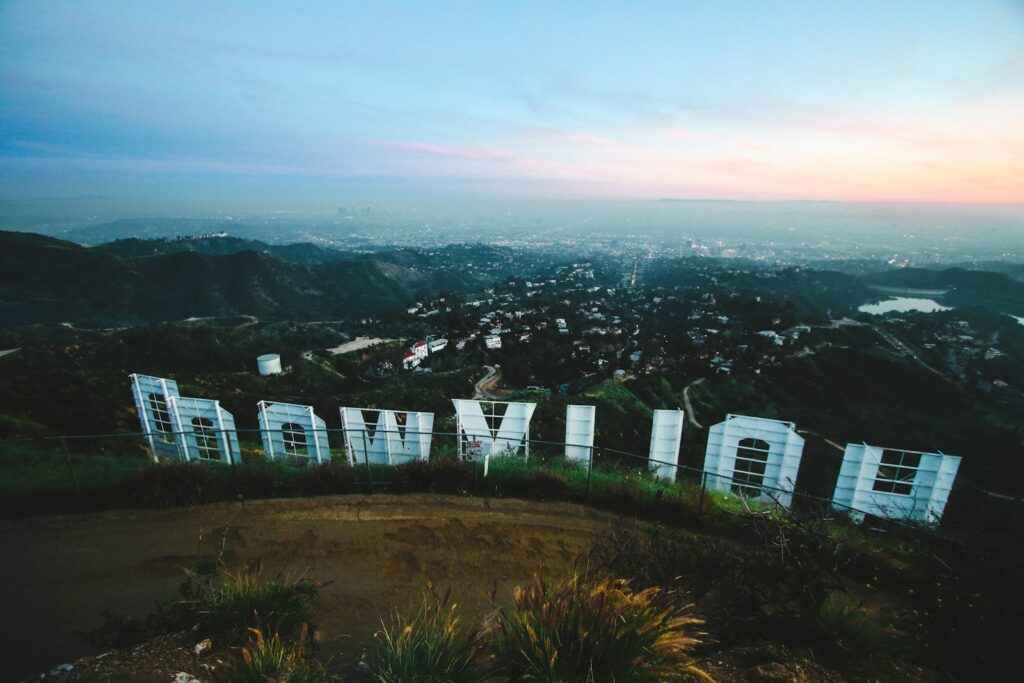 As a luxury real estate enthusiast, I’ve had the privilege of exploring some of the most breathtaking properties in Southern California. But nothing quite compares to the majestic castles nestled in the Hollywood Hills. These architectural marvels blend old-world charm with modern opulence, creating a unique living experience that’s truly unparalleled.
As a luxury real estate enthusiast, I’ve had the privilege of exploring some of the most breathtaking properties in Southern California. But nothing quite compares to the majestic castles nestled in the Hollywood Hills. These architectural marvels blend old-world charm with modern opulence, creating a unique living experience that’s truly unparalleled.
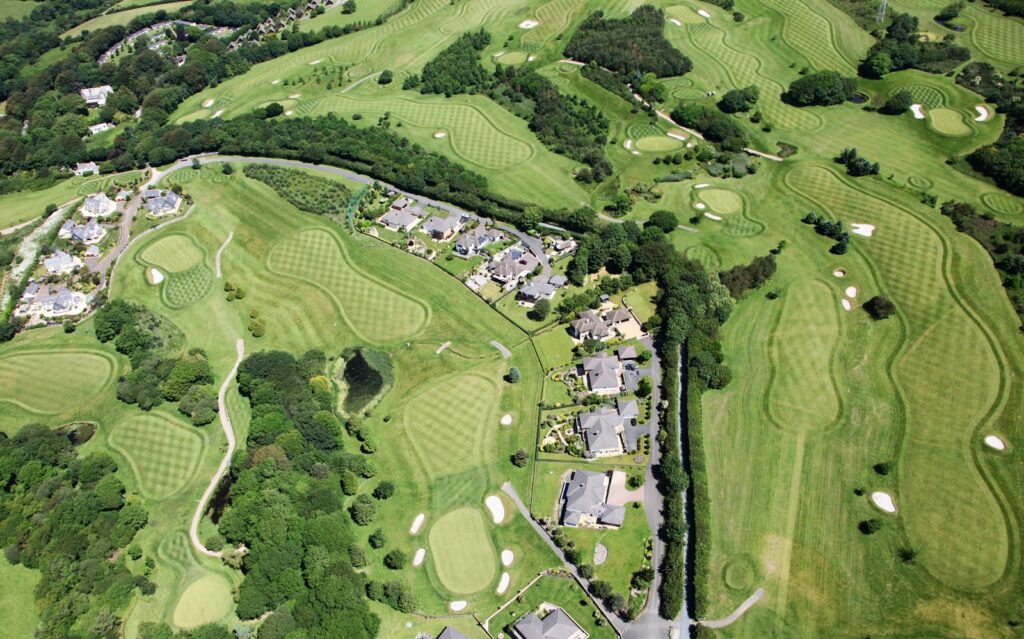
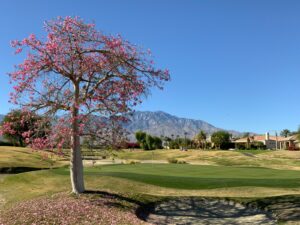 Living near a golf course in Hollywood Hills isn’t just about easy access to tee times; it’s a lifestyle choice that comes with numerous benefits. I’ve seen properties here that offer not just a home, but an entire experience. The peace and tranquility of waking up to meticulously manicured greens, coupled with the privacy afforded by the courses, create an unparalleled living environment.
Living near a golf course in Hollywood Hills isn’t just about easy access to tee times; it’s a lifestyle choice that comes with numerous benefits. I’ve seen properties here that offer not just a home, but an entire experience. The peace and tranquility of waking up to meticulously manicured greens, coupled with the privacy afforded by the courses, create an unparalleled living environment.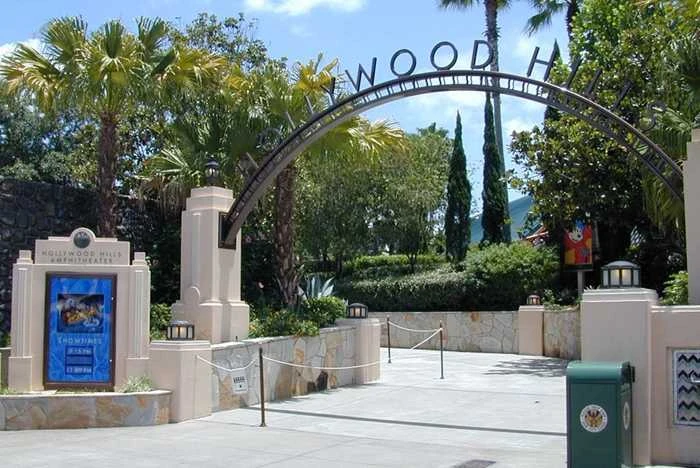
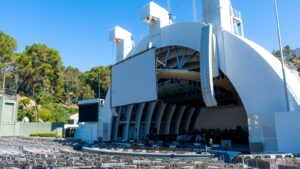 Let’s dive into the nitty-gritty of the seating arrangements at the Hollywood Hills Amphitheater. Trust me, after countless visits and many hours spent analyzing the best spots, I’ve got some insights that might just change your viewing experience.
Let’s dive into the nitty-gritty of the seating arrangements at the Hollywood Hills Amphitheater. Trust me, after countless visits and many hours spent analyzing the best spots, I’ve got some insights that might just change your viewing experience.